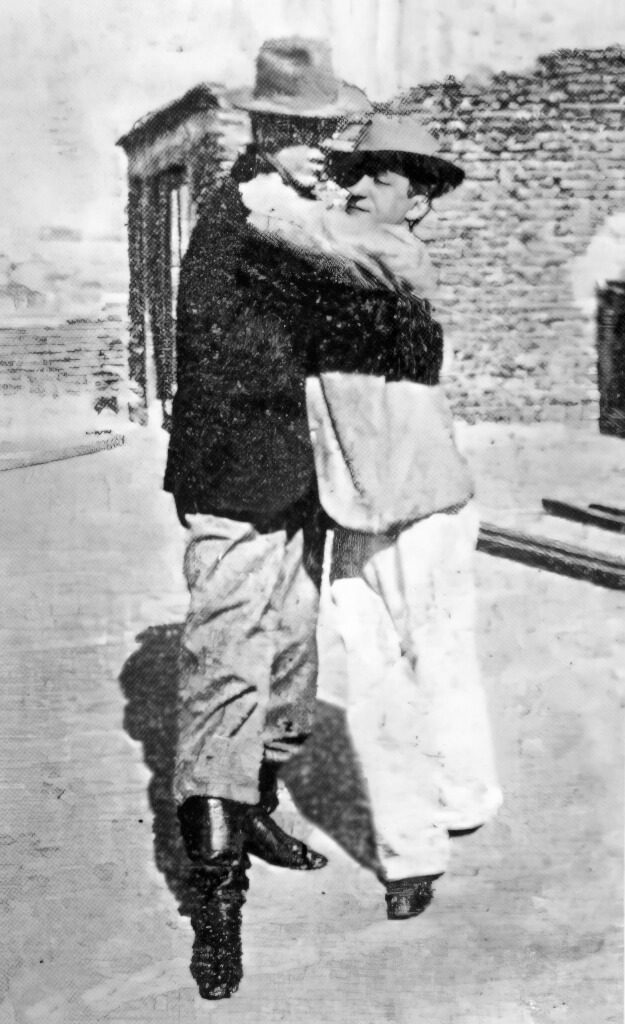This photo, taken during the era of Creole Tango, in Buenos Aires in 1903, shows two men practicing tango together.

In Argentina, the term “Creole” (“Criollo” in Spanish – pronounced cree-oh-zho) was historically used to describe a segment of the working class poor population with roots in the country. These individuals often a blend of Spanish and African heritage. Originally, this term carried a negative connotation, implying that these Argentines had become so entrenched in the country’s culture that they had adopted a more rustic and uncivilized lifestyle of the rural countryside.
It’s essential to note that Creoles had a profound and almost mythical influence on the development of tango music. Carlos Gardel, in particular, was renowned for his repertoire of rural Creole music, which encompassed various styles, including: milonga, vals criollo, estilo, cifra, triunfo, cielito, and zamba.
